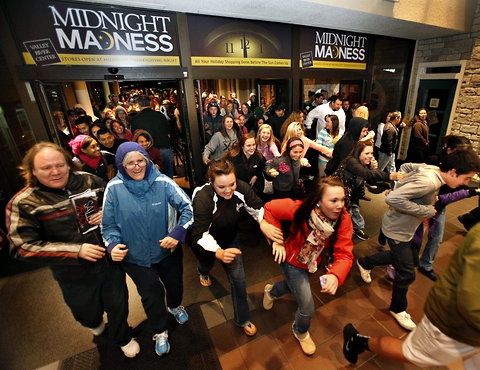On Tuesday, PBS’s “Frontline” will broadcast the film, but not quite the same one, after “Frontline’s” producers, in an unusual move, asked the filmmakers to return to Pakistan to do additional reporting to answer a number of what they called “serious journalism” questions.
The film, in both versions, examines what happens when Pakistani girls and women pursue legal justice for rape charges. Over several years, it followed Kainat Soomro, who was 13 when she said she had been gang-raped by four men, and the efforts by those accused to clear their names.
Habiba Nosheen, 31, and Hilke Schellmann, 34, both based in New York, said in a telephone interview that, like many independent filmmakers, they used their life savings, family loans and a grant to get the film to the festival circuit. Money was so scarce they could not afford to translate all of their interview footage.
“Frontline” agreed to broadcast the film, but Raney Aronson-Rath, the series’ deputy executive producer, said “absolutely not,” when asked if she would have used the original version, which she called a “point of view film.” Instead, “Frontline” gave the filmmakers more money; Ms. Nosheen said the figure was “four times” the film’s budget, which she declined to disclose.
In February, the filmmakers returned to Pakistan, with a list of what Ms. Aronson-Rath said, by phone, were 30 or 40 questions from the “Frontline” producers about the legal investigation.
The filmmakers tracked down a new character, a cleric who seemed to back the accused men’s defense that Ms. Soomro had married one of them. Later, when the filmmakers translated all their footage, they found a startling quote, in which the man who said he was Ms. Soomro’s husband had threatened to kill her.
The extra money was “such an important thing for us; reporting is very expensive,” Ms. Nosheen said. “It was remarkable to us how much of an important and bigger story we could tell by the new information we gathered.”
The new version is “much more nuanced,” Ms. Schellmann added.
“When you do journalism, what emerges is a more powerful portrait for Kainat,” as well giving the men’s side its due, Ms. Aronson-Rath said. “It’s not that what they did was untrue,” she said of the filmmakers’ original version, “it just wasn’t the whole story.”
Article source: http://www.nytimes.com/2013/05/27/business/media/pbs-demands-and-gets-more-reporting-in-a-film.html?partner=rss&emc=rss
